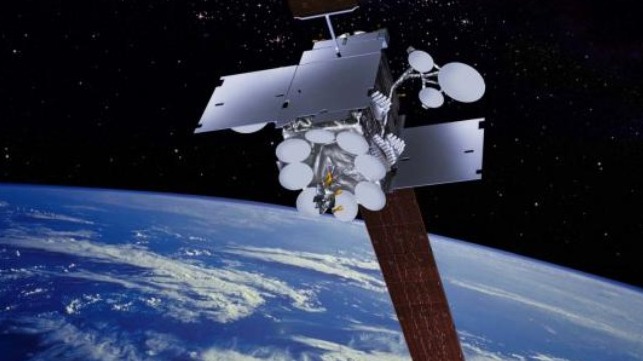 American communications company Viasat has purchased the longest-running satcom company in the maritime industry, Inmarsat, for a total value of about $7.3 billion in cash, stock and debt.
American communications company Viasat has purchased the longest-running satcom company in the maritime industry, Inmarsat, for a total value of about $7.3 billion in cash, stock and debt.Viasat intends to integrate Inmarsat’s radio frequency spectrum, satellite fleet and ground-based assets into its global network. The combination will deliver more bandwidth at high-demand locations, like airports and seaports, along with lower latency (the time delay in the data connection).
Publicly-listed Viasat is known for its success in the North American residential satcom market, providing households in rural America with affordable high speed internet – even in locations where there are no cable or DSL service options. It has succeeded in this competitive market using ultra-high-capacity satellite technology, delivering high bandwidth at lower cost. Viasat also operates in the aviation market, where it competed with Inmarsat, and in defense communications services for the U.S. military.
UK-based Inmarsat is the original provider of satellite connectivity to the maritime industry, and the first (and until recently, the only) company certified for GMDSS emergency satcom service. Today, it operates 14 geostationary telecom satellites covering every part of the globe except for the poles, and it has expanded its service portfolio to cover satcom connectivity for airlines and terrestrial industries.
The deal buys out Inmarsat’s previous owners – private equity firms Apax Partners and Warburg Pincus, the Canada Pension Plan and the Ontario Teachers’ Pension Plan – just two years after they acquired the company and took it private in a $6.1 billion deal (including $3.4 billion in cash). The sale will give the previous ownership consortium $850 million in cash, $3.1 billion in Viasat shares, and the assumption of $3.4 billion in net debt.
The combined company will have spectrum licenses across the Ka-, L- and S-bands and a fleet of 19 satellites in service – plus an additional 10 satellites under construction for launch by 2024. It will also be adding polar coverage.
Viasat says that it will be able to get more out of Inmarsat’s existing satellite fleet using its own technologies, including beamforming and hybrid networks. Notably, Viasat says that it will also be improving performance of the ground-side equipment for customers. It offers a vertically-integrated service, including its own in-house terminals. Inmarsat has historically allowed a wide range of third-party manufacturers to build and maintain the satellite antennas mounted on vessels and rigs.







